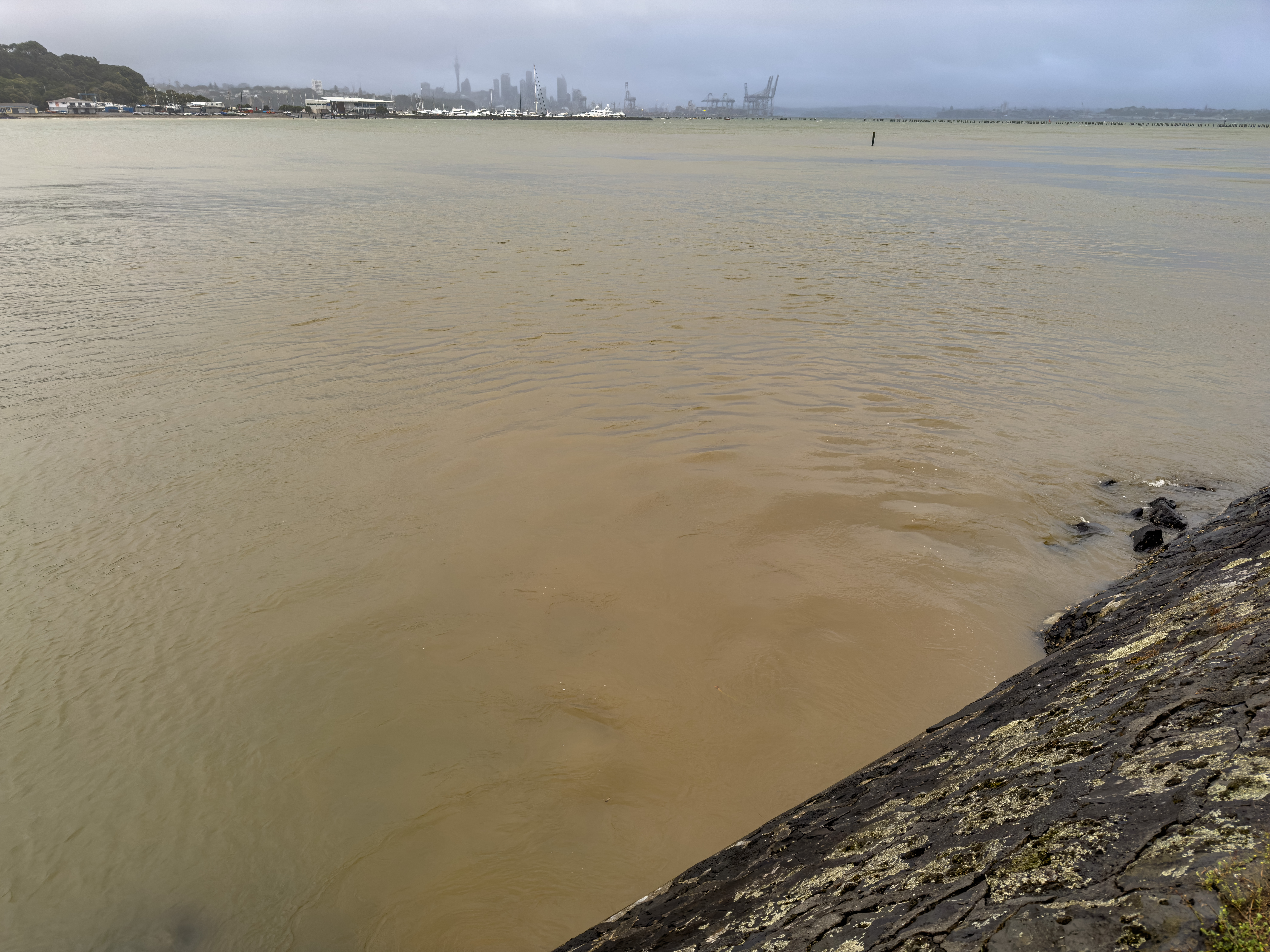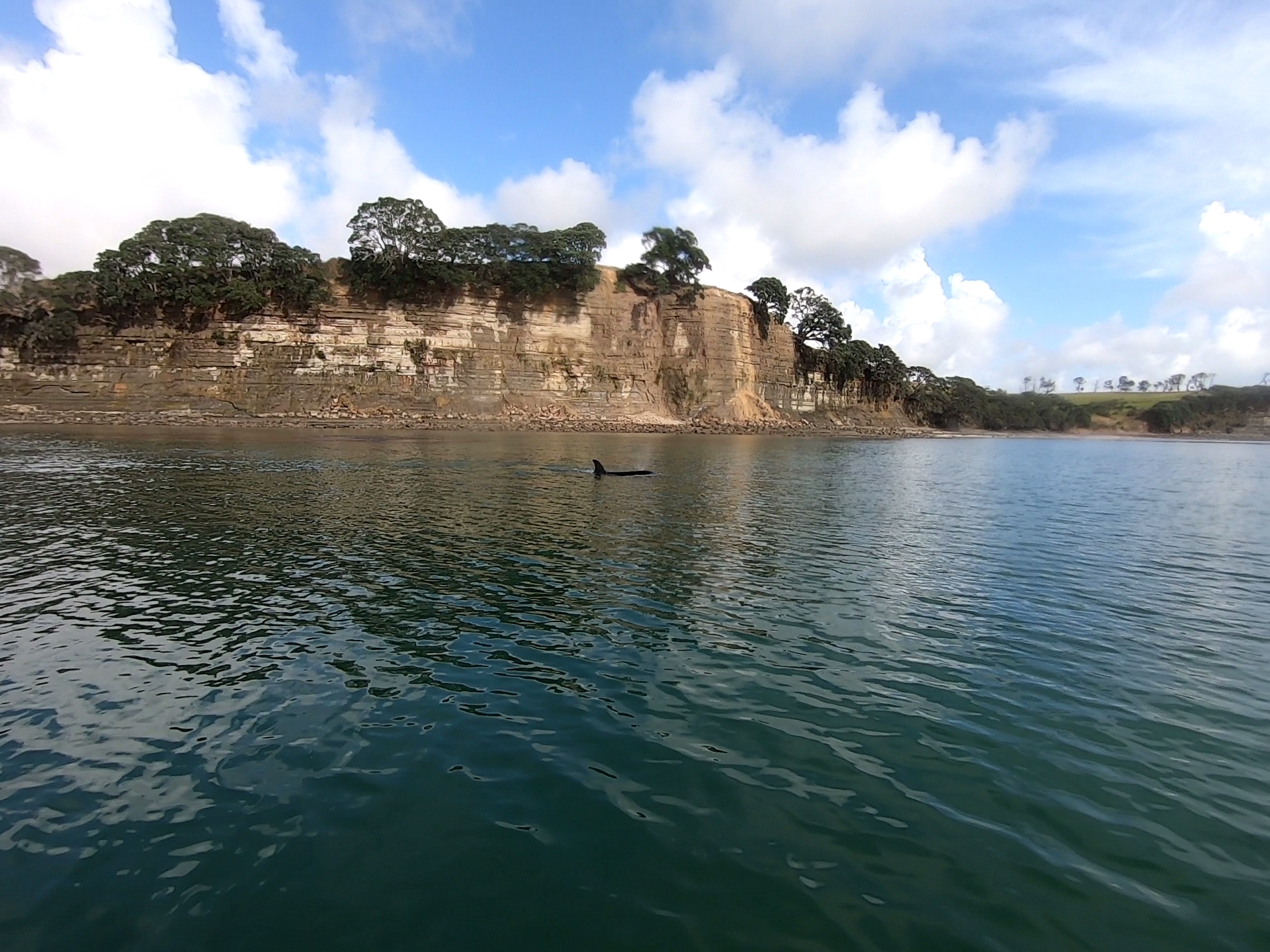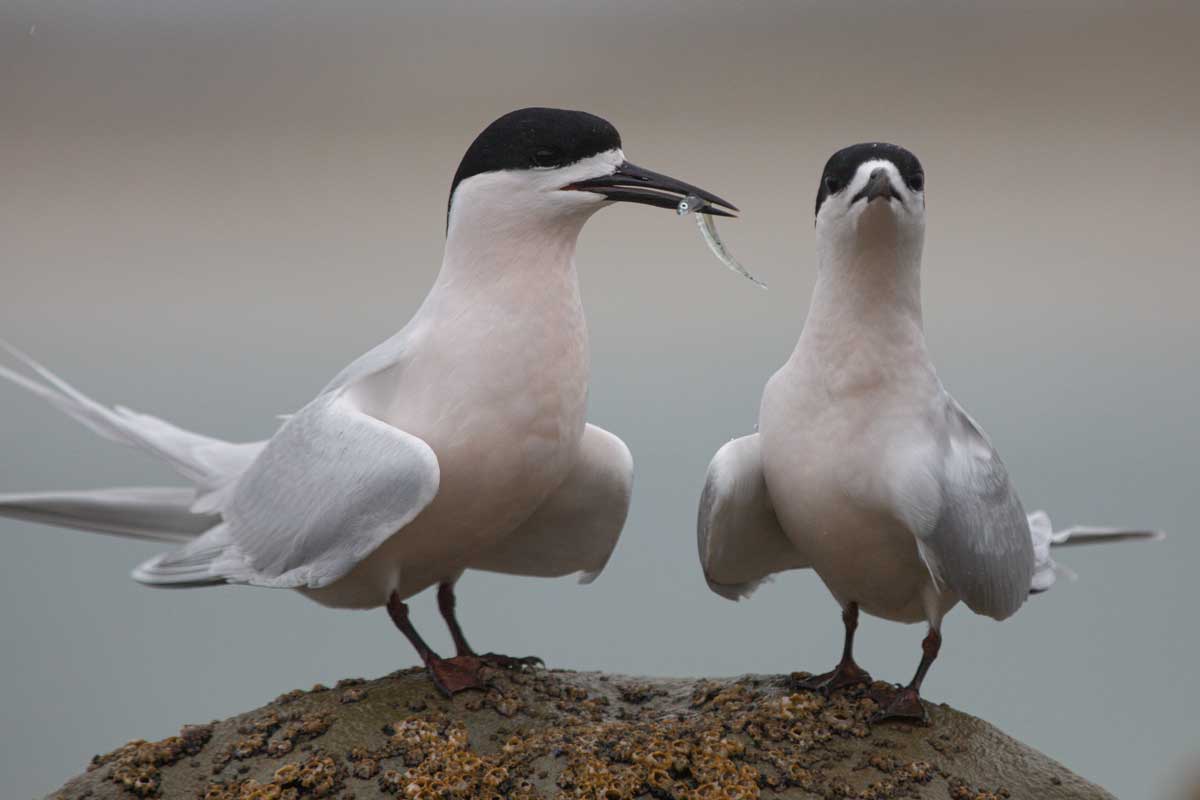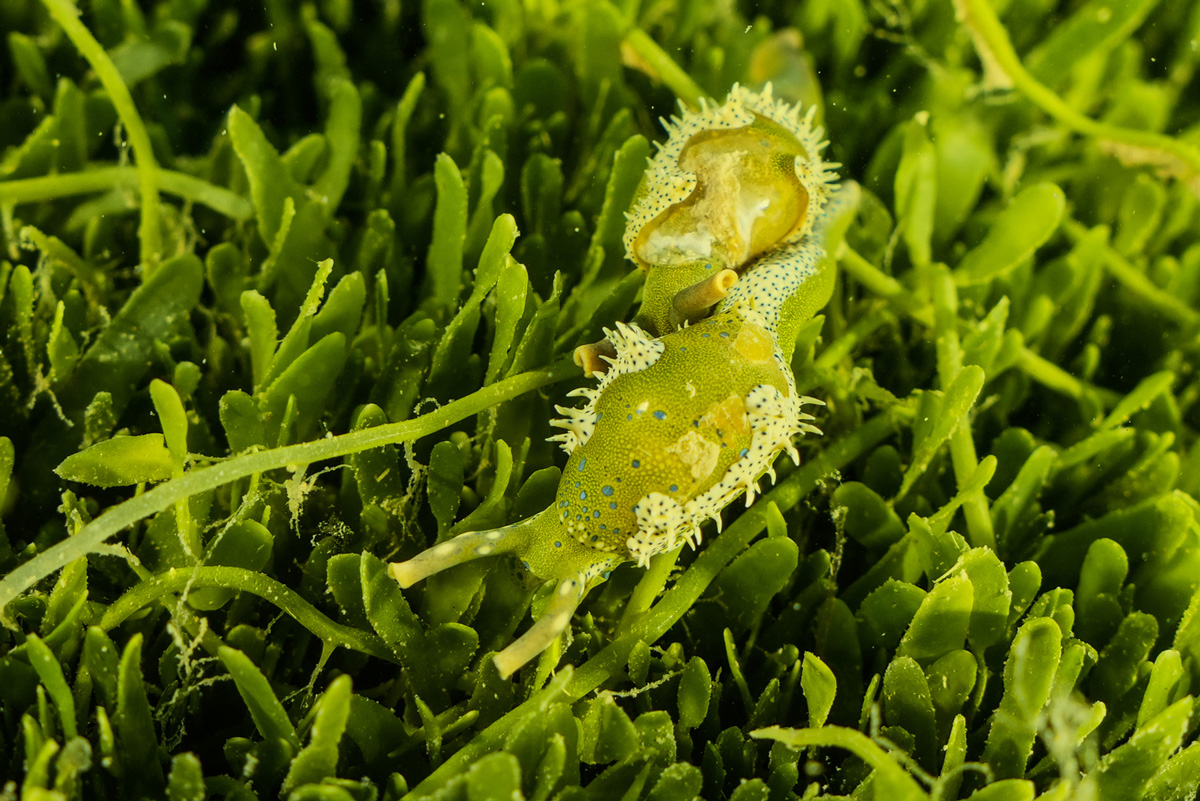Excess greenhouse gases in our atmosphere are not only driving changes to our terrestrial climate but are also causing big changes in the marine environment. There are signs that our climate is changing a lot faster and in different ways than most anticipated – notably for Auckland we’re seeing an increase in the occurrence of extreme rainfall events. The ocean plays a vital role in stabilising our climate, but as the ocean absorbs excess heat from the atmosphere, rises in sea surface temperatures can have other effects. These warmer-than-average ocean temperatures have contributed to an increase in moisture for storms to collect, and later release, large amounts of precipitation on nearby land.
Considering the impact of our summer storms
The Auckland region received more than 5.5 times its normal summer rainfall this summer, and on various occasions, downpours inundated our stormwater and sewage systems and caused widespread erosion. The many losses – several lives, damage to thousands of homes, businesses, and the closure of roads that connect us all – were all quite devastating following the storms of our summer. The deluge which Ex-Cyclone Hale delivered on the 10th of January was superseded by an unprecedented downpour of rain just two weeks later, on the 27th.
Areas surrounding the Gulf were still sodden and people were still cleaning up properties and roads all over the region by the time Cyclone Gabrielle made landfall here on the 12th of February. The storms of summer highlighted concerns about our infrastructure and left us one heck of a mess to clean up. There was widespread destruction in the regions surrounding the Gulf and across the country, but there’s additional damage to be accounted for that gets forgotten since it lies beneath the surface of the sea.

The muddy-ing of our coastal ecosystems
The marine ecosystem has also seen significant impacts, and these have been a lot more difficult to assess. Precipitation which fell inland carried an incalculable volume of mud and silt into our rivers and estuaries and turned the water of our gorgeous coastlines a milky brown. The inundation of sediment to the shores did no favours to our benthic marine life and intertidal creatures who in many places got completely smothered in soil and debris flowing off the land.
There’s no doubt that this has had a flow on effect to other sea creatures which live nearshore and those which live slightly further offshore. The amount of light able to penetrate the muddied waters for photosynthesizing organisms, kelp forests, and algal beds is significantly reduced. There is still a lot of research to do in order to understand specific ways in which the sequence of storms we experienced has impacted the marine environment, but the research that precedes these flooding events helps us to understand those potential impacts.
Dr Conrad Pildich, Programme Leader for Degradation and Recovery, Sustainable Seas National Science Challenge, and Professor of Marine Science at University of Waikato, was asked to comment on the cumulative impacts of storms on community resilience, water infrastructure, and our wider environment by Science Media Centre in February. He reports on how flooding increases the amount of sediment and nutrients flowing into our estuaries. To summarise some of his points from the press release, Dr. Pildich notes that reduced water clarity caused by flooding events has significant impacts on organisms, like seagrass and microphytobenthos – important primary producers which form the base of the coastal food web. Increases in turbidity (cloudiness) reduce the productivity of the ecosystem and consequentially, this contributes to the loss of valuable marine resources and ecosystem services.
“Earlier Sustainable Seas research proves what happens in estuaries also affects our ocean ecosystems, because sediment and nutrients are carried by river eddies over 100 km out in the sea’s surface; while submarine canyons connect coastal and deep-sea ecosystems, transporting materials from the land into the deep. This means that our environmental footprint goes much further into our marine Exclusive Economic Zone (EEZ) than previously thought.”
Dr Condrad Pildich, Science Media Centre Press Release, 12 Feb. 2023
Flooding alone can cause extensive damage, but when combined with the cumulative impact of multiple stressors on the ecosystem the effects are multiplicative, not just additive. The impacts of overfishing, heavy metal contamination, algal blooms, and habitat loss all contribute to the degradation of the ecosystem’s health and are increasing its vulnerability to a tipping point.
Lessons learned
In New Zealand, at first, it might have seemed as though the effects of climate change were not as threatening to our livelihoods in comparison to other parts of the world, but this appears to have shifted. Consequences of climate change, like changes in precipitation and marine heat waves, are relevant, with the potential to shift our marine environments. Extreme weather events are predicted to become more common in the future, and we need to prepare ourselves and protect our marine spaces in order for them – and us – to be as resilient as possible.
Increasing temperatures and extreme rainfall events are just one symptom of climate change in play when considering the threats to the Hauraki Gulf, but they are significant factors we should take notice of. From experiencing these storms, I hope that collectively New Zealanders might have gained a heightened awareness that we are witnessing a rapidly changing climate, which is exacerbating the predictability of weather events, and causing extreme rainfall events to become more common.
The impacts of intense rainfall could be minimised if we can work quickly to improve stormwater system capacity and use more nature-based drainage solutions – working with nature, not against it. Furthermore, following this we should see the importance of taking further actions to reduce coastal erosion, restoring and creating buffer zones – to avoid more damage to the marine environment.






